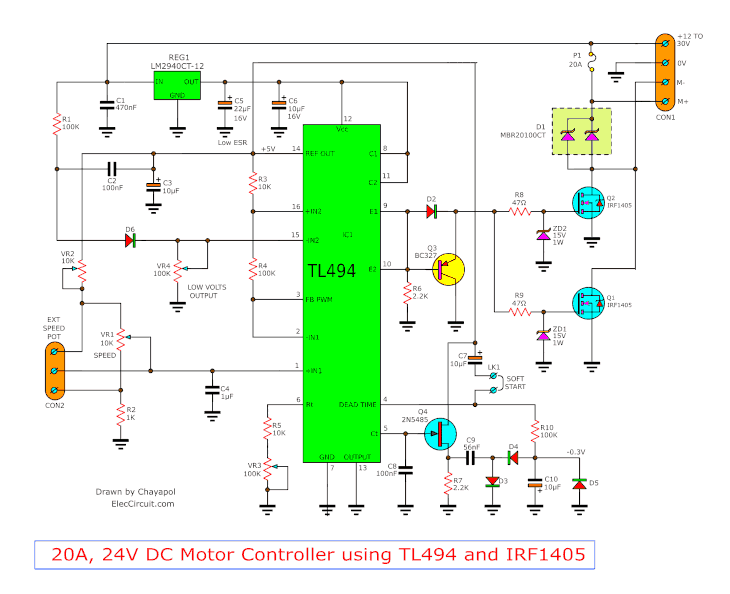Mosfet 200a

Uxcell a11072500ux0238 IRL7833 N Channel Power MOSFET, 200A, 33V TO-220AB, 3 Piece 3.5 out of 5 stars 8 ratings. Currently unavailable. We don't know when or if this item will be back in stock. Specifications for this item. Brand Name: uxcell Ean: 460 Material: Silicon. ID 200A VDS 2.2mΩ Schematic Diagram RDS(ON) Description The GSFA06200 utilizes the latest techniques to achieve high cell density and low on-resistance. These features make this device extremely efficient and reliable for use in high efficiency switch mode power supply and a wide variety of other applications. Main Product Characteristics. MOSFET MOSFT 40V 200A 3.1mOhm 75nC LogLvAB: Datasheet. 2,000 On Order View Dates. On Order Ship Dates. Current price and delivery information, Request Quote for IRL3713S International Rectifier, MOSFET, 30V, 200A, 3 MOHM, 75 NC QG, LOGIC LEVEL, D2-PAK. Application Note 3 of 27 Revision 1.01 2018-07-01 CoolSiC™ 1200 V SiC MOSFET Application Note Infineon 1200 V SiC Trench CoolSiC™ MOSFET 1 Infineon 1200 V SiC Trench CoolSiC™ MOSFET Silicon carbide (SiC) as a compound semiconductor material is formed by silicon (Si) and carbon (C).
Hi all!
I'm the caretaker of a brand-new (not really) Sebring Commuta-Van which has been repurposed as a runabout for my employer. The original schematics and manual are truly a museum piece, and I've concluded that none truly match the setup in the vehicle itself. By dint of a series of solenoids, the motor is given power at three speeds:
- from cell pack A and B in parallel running through a huge resistor
- from cell pack A and B in parallel
- from cell pack A and B in series
Since it's a series-wound motor it's got a lot of torque, and I've disabled Speeds # 1 and #3, #3 after we took the car for a spin and somehow exploded the negative terminal of pack B. Oddly, there was no sign that we hit the 200A which would have blown the fuse on the system, but the terminal lead was very hot near to the blown terminal, and it was hot enough to melt / explode the lead.
In any case, I've gotten a handle on how I would like to charge the system (individual cheap solar charge controllers, one per cell), but I'd like to be able, ideally, to use the Arduino to monitor each cell's voltage, and serve as a unidirectional speed controller. From what I can find, 30A seems to be the limit of most MOSFET circuits. In a pinch, a relay module would probably get a bit more current-carrying capacity, but this isn't ideal.

What have been toying around with:
- Build H-Bridge with truly beefy MOSFETs, or a unidirectional version
- Purchase several 30A Arduino current source modules and mount them in parallel
- Purchase a 30A Arduino H-bridge module, refit with higher-current rated MOSFET like this one
- Purchase relay module and retain the current (very primitive) motor control functionality
Mosfet 200a 40v
I like the third option best, but I am not well versed in laying out PCB's and determining the proper trace width for such a current load, but it'd be a good excuse to learn. What does surprise me is that the MOSFET's rated to handle 200A seem to have tiny pins for the amount of current they are supposed to handle. It also seems like there may be more steps to the puzzle, if there are no logic-level power MOSFETS that can handle such a high current, I may need to first convert the logic-level voltage to the 20V required to switch the MOSFET.
Mosfet 80v 200a
Any help is much appreciated.
